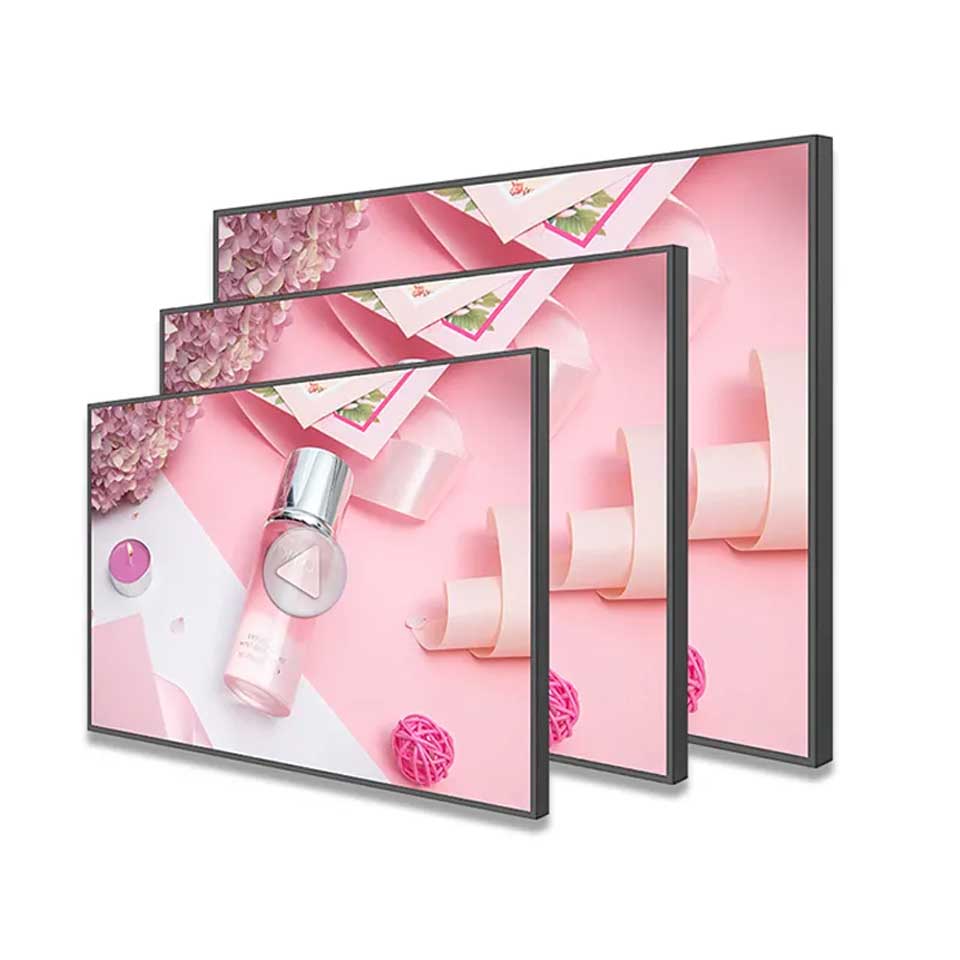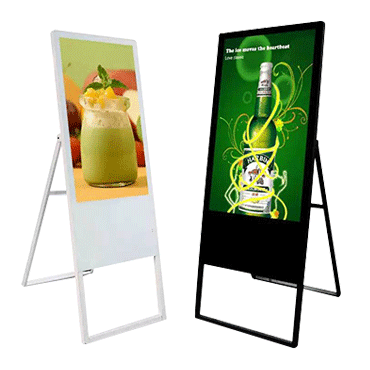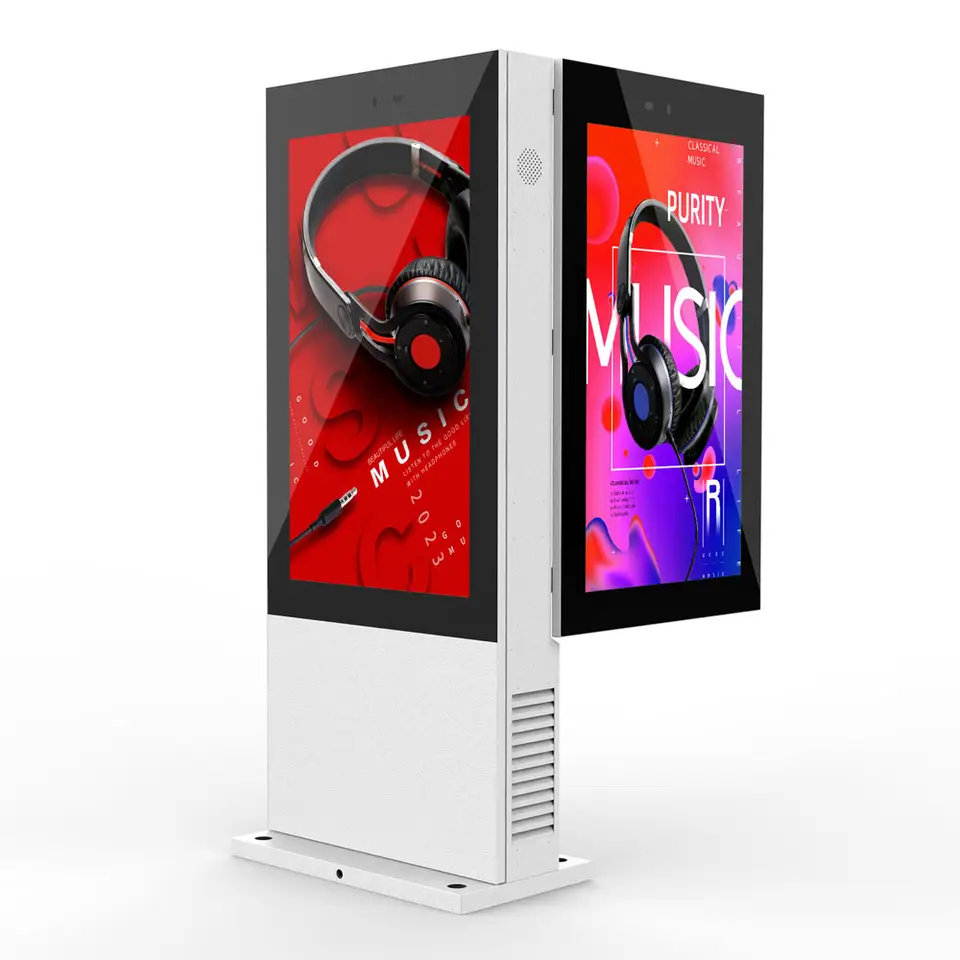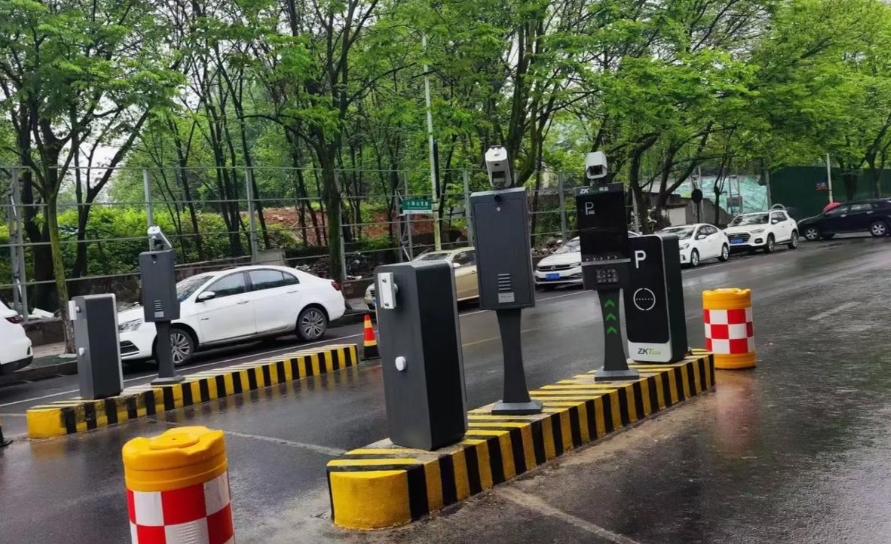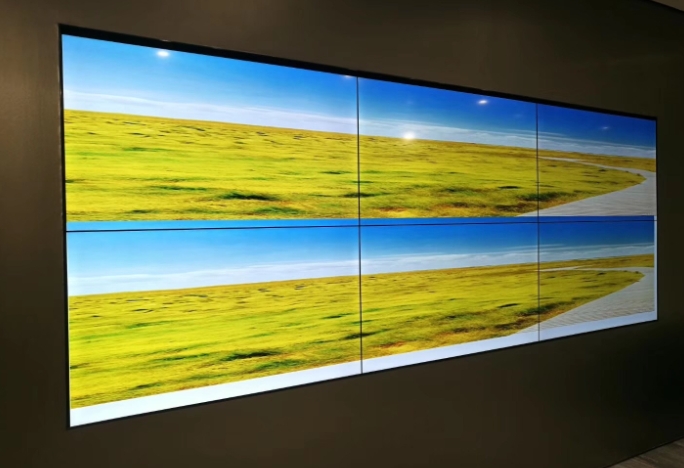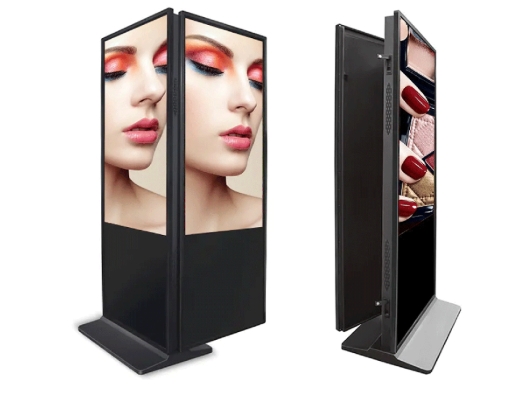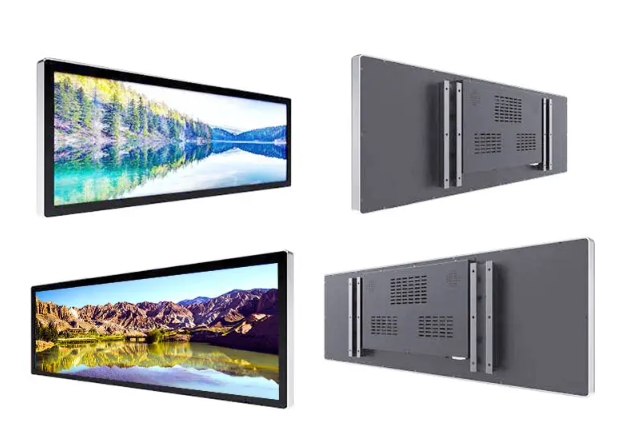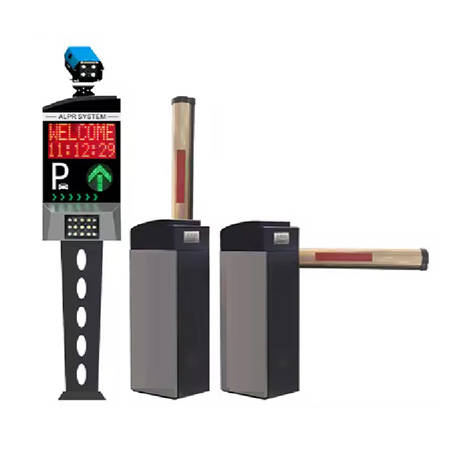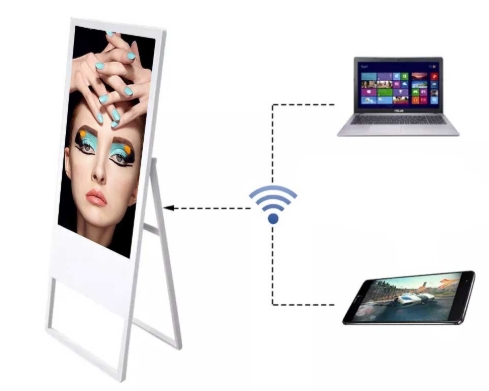Multi-Screen Display Walls: Powering Immersive Experiences Across Industries
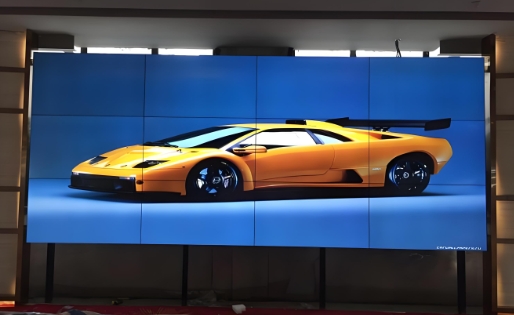
Imagine walking into a luxury hotel lobby where a 20-foot video wall adapts in real time to showcase weather, events, and promotions. Or a hospital ER where doctors monitor patient vitals across a seamless grid of screens. This is the power of multi-screen display walls—a technology that’s redefining how businesses engage audiences, streamline workflows, and deliver unforgettable experiences. For global distributors and commercial clients, these systems aren’t just flashy gadgets; they’re revenue drivers, efficiency boosters, and brand differentiators. Let’s explore why multi-screen walls are dominating 2025 and how you can leverage them.
Why Multi-Screen Display Walls Are a Must-Have in 2025
1. Scalability Meets Customization
Modern multi-screen systems, like those from PCIDV, use modular panels that let users build walls ranging from 4 screens to 40+. Whether it’s a compact retail setup or a sprawling airport arrivals board, distributors can tailor solutions to fit any space. For example, a Dubai mall used P3.91mm LED panels to create a curved video wall that wraps around escalators, dynamically promoting seasonal sales.
2. Seamless Integration with Existing Tech
Tools like ASUS DisplayWidget Center simplify multi-screen management. Its MultiFrame feature allows users to split screens into custom layouts (e.g., 70% live data + 30% ads) and control inputs via KVM switches. Hospitals in Germany use this to display patient records, live feeds, and staff schedules on a single wall.
3. Cost Efficiency Without Compromise
Traditional video walls often require expensive proprietary hardware. Today’s solutions, like PCIDV’s External TV-Wall Box, turn standard monitors into unified displays via USB-C or HDMI. A New York startup saved 60% by repurposing 12 existing screens for their co-working space’s event calendar.
Top Industries Leveraging Multi-Screen Walls
1. Retail & Hospitality
- Case Study: A Berlin luxury hotel uses a 16-screen wall to greet guests with personalized check-in info, local attractions, and live art displays. The system integrates with their PMS (Property Management System) for real-time updates.
- Tool Highlight: MultiScreenPlayer software enables synchronized content playback across screens, perfect for looping promotional videos.
2. Healthcare
- Case Study: Tokyo General Hospital’s ER features a 10-screen wall tracking bed availability, surgery schedules, and AI-driven patient triage alerts. Nurses report a 25% reduction in response times.
3. Transportation Hubs
- Case Study: Singapore’s Changi Airport installed 30-screen walls showing flight updates, retail offers, and AR wayfinding. The system reduced passenger inquiries by 40%.
4. Event Venues & Stadiums
- Tool Highlight: lcdkiosk.com IP65-rated panels withstand outdoor conditions, ideal for concerts like Tomorrowland’s 360° stage visuals.
Technical Trends Shaping the Market
1. AI-Driven Content Optimization
AI tools now analyze audience demographics to auto-adjust content. For example, a Sydney mall’s wall displays kid-friendly ads during school hours and switches to luxury brands at night.
2. 5G & Edge Computing
Low-latency 5G enables real-time interactions. During the Paris 2024 Olympics, fans used a 50-screen wall to vote on replay angles—results updated in <0.5 seconds.
3. Sustainability Focus
Solar-powered panels and recyclable materials are now industry standards, aligning with EU Green Deal regulations.
How Distributors Can Maximize Sales
1. Bundle Solutions
Pair walls with software like ASUS Display Widget Center or content services like MultiScreen’s digital signage packages.
2. Localized Demos
- In Saudi Arabia: Highlight Arabic-language UI and heat-resistant panels.
- In Europe: Emphasize GDPR-compliant data tracking for ads.
3. Highlight ROI
Share metrics: A Munich car dealership saw a 35% sales lift after installing interactive walls letting customers customize vehicles in real time.
Future-Proofing Your Multi-Screen Strategy
- Haptic Feedback: Walls that “vibrate” when touched (piloted in Seoul’s LG Science Park).
- Voice Integration: Hospitals testing Alexa-controlled walls for hands-free updates.
- Blockchain Ads: Transparent ad billing via smart contracts, trialed in Dubai malls.
Why Multi-Screen Walls Are Your Next Big Win
From airports to ERs, multi-screen display walls are no longer optional—they’re essential tools for engagement and efficiency. For distributors, the market is ripe: Grand View Research projects a 19.8% CAGR through 2030. By focusing on scalability, AI integration, and sustainability, you’ll position these systems as must-haves for 2025’s smart spaces.
Current page link:https://www.touchkiosk.com/news/multi-screen-display-walls-info.html
Tags:
Display Walls,walls,multi-screen



